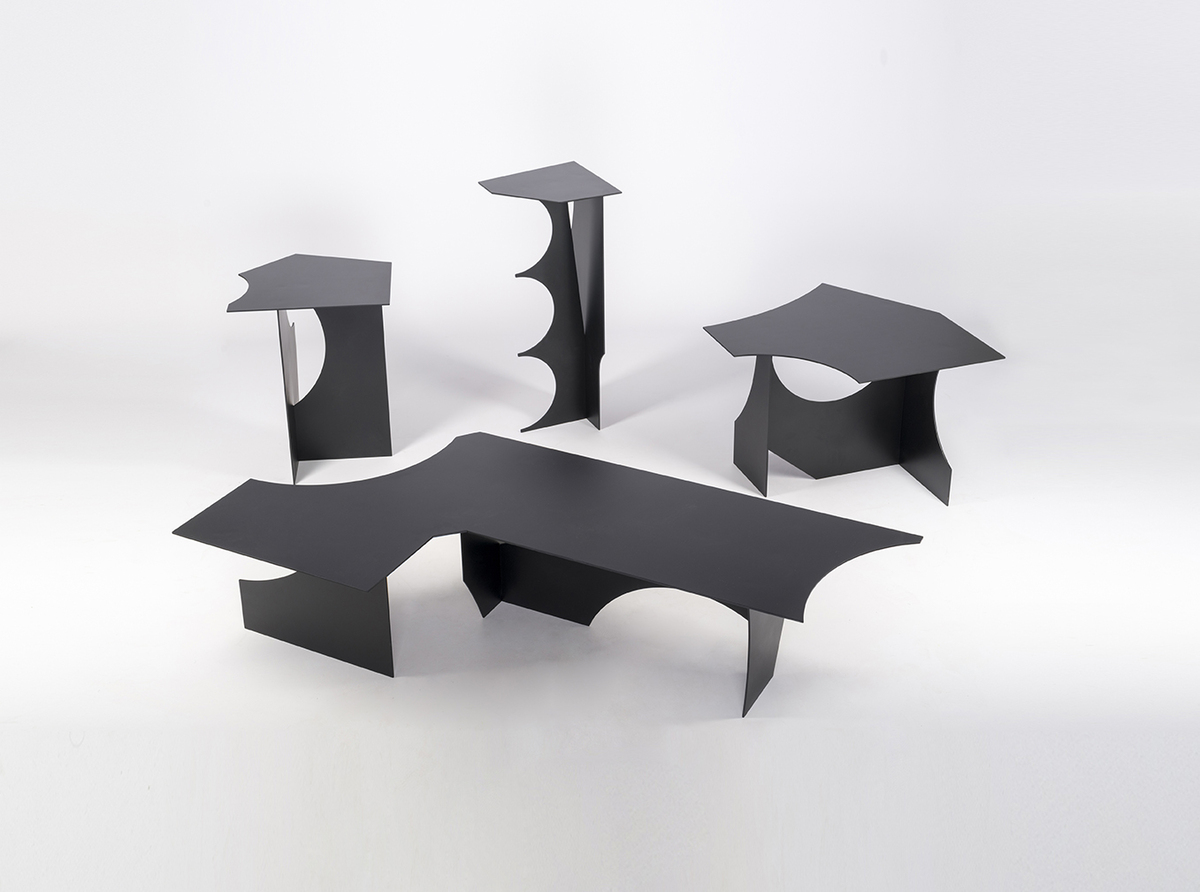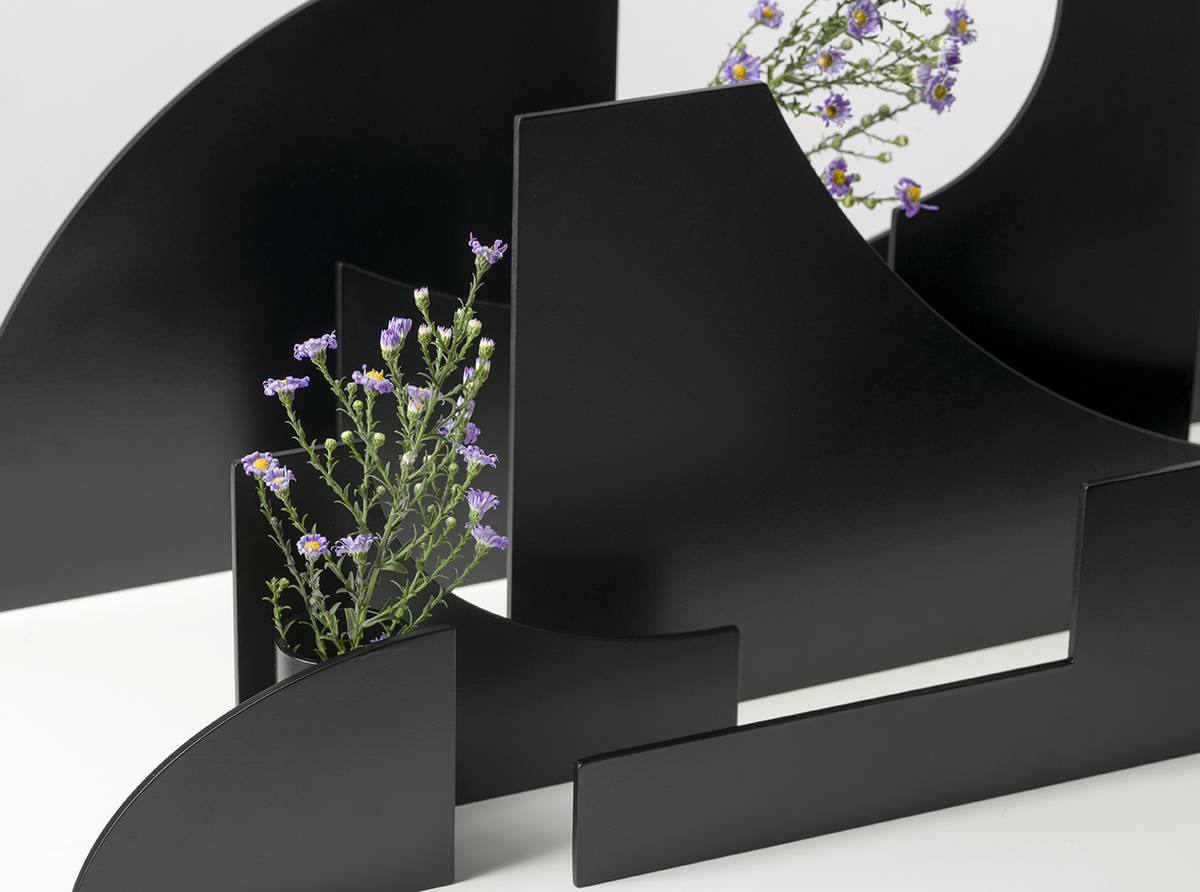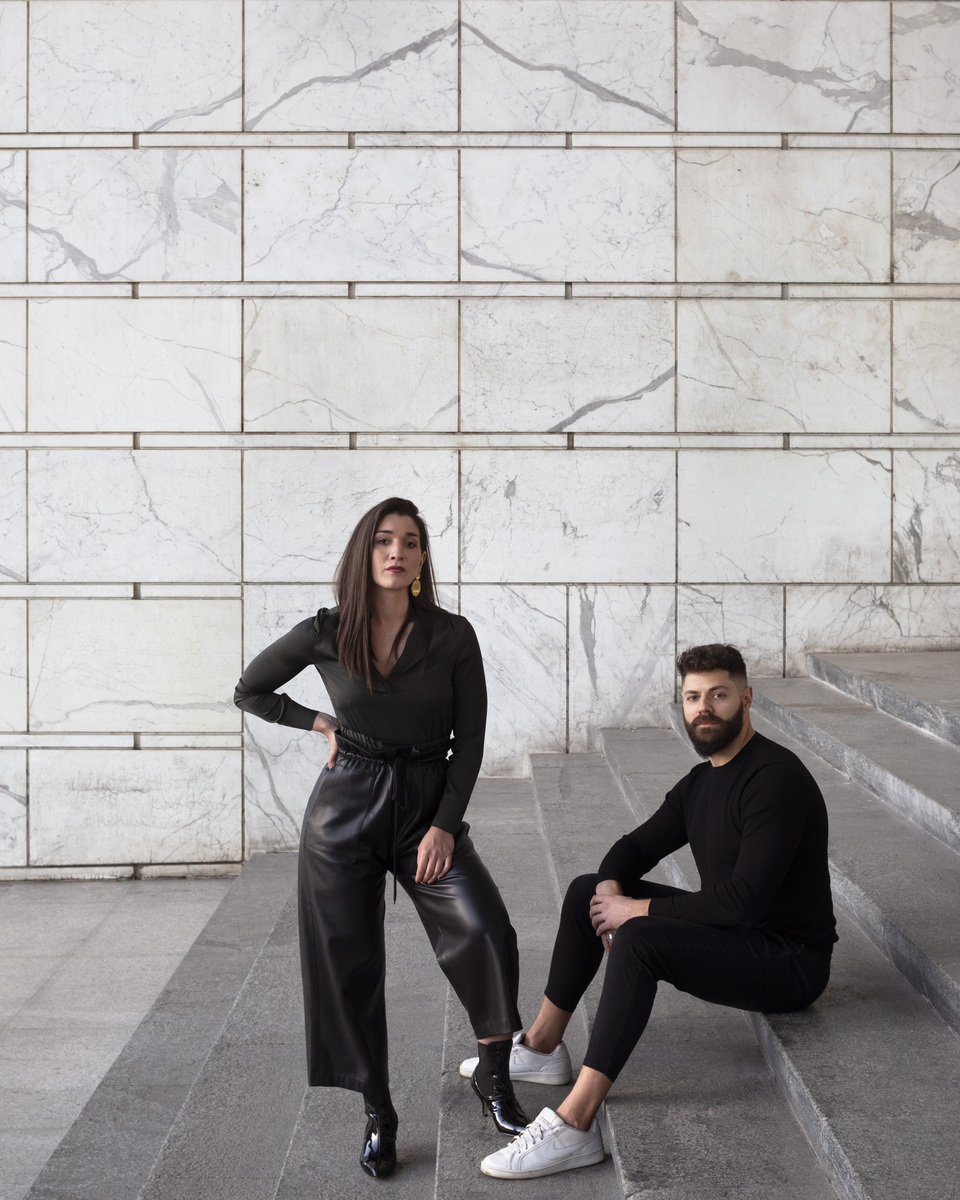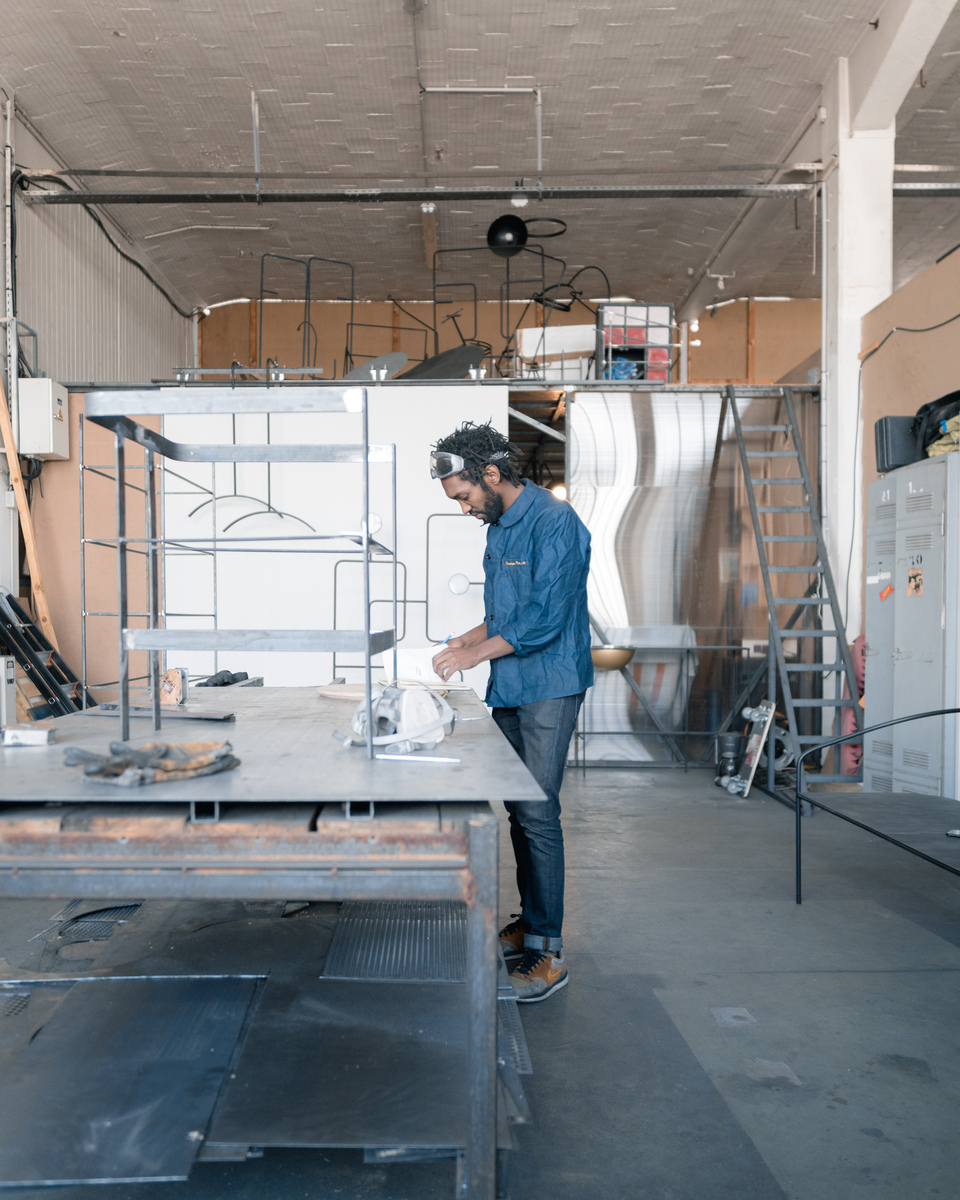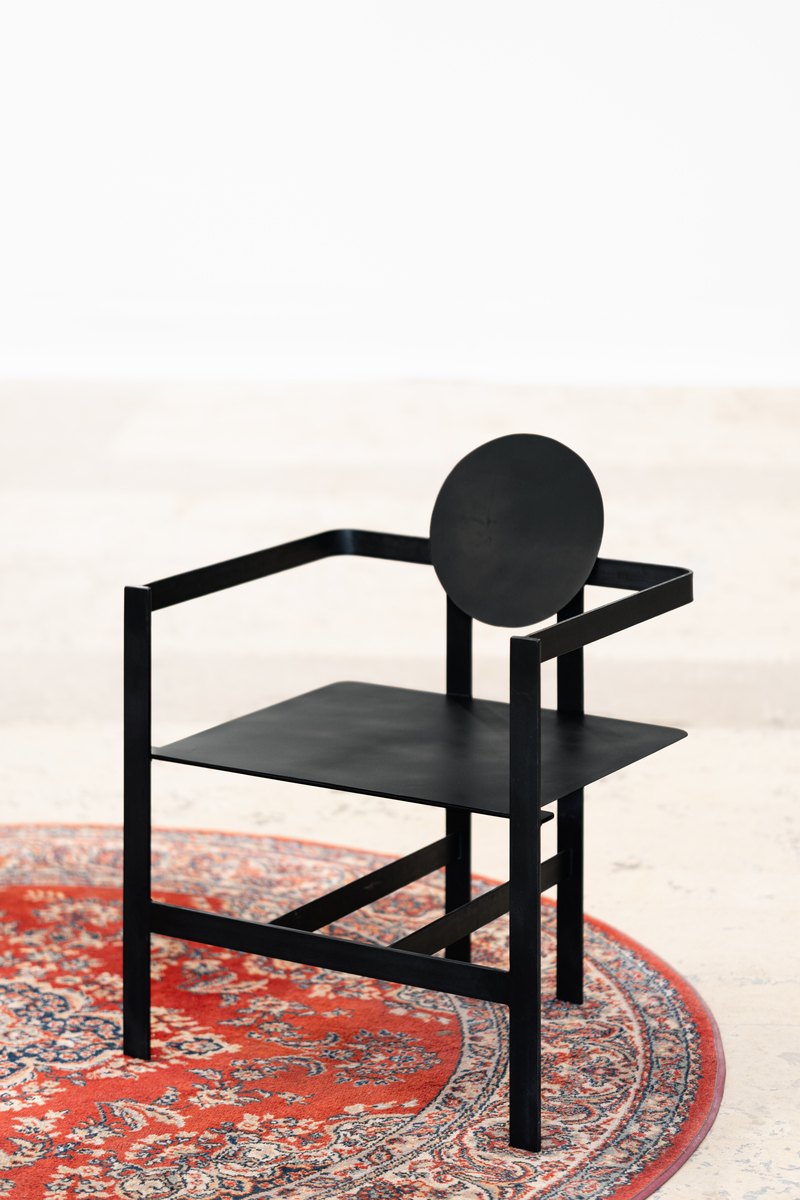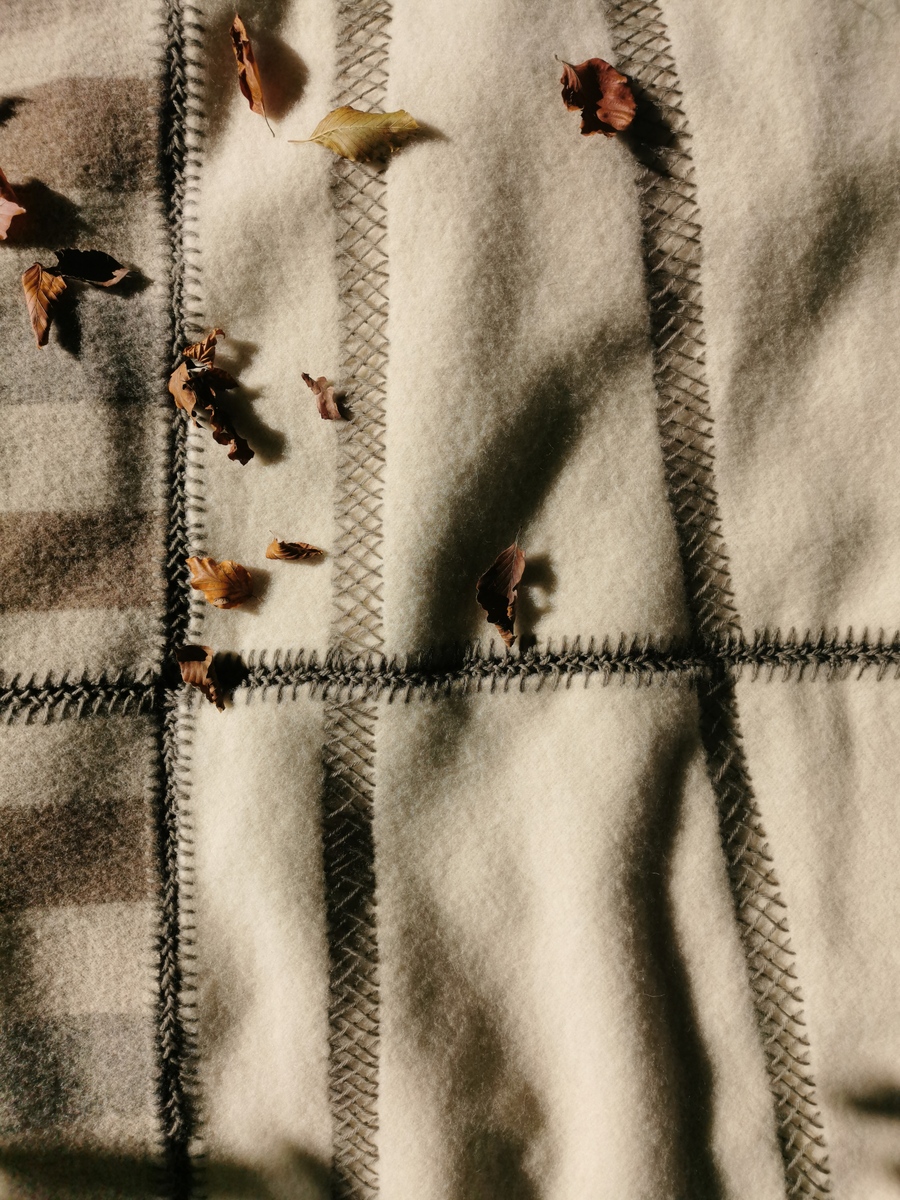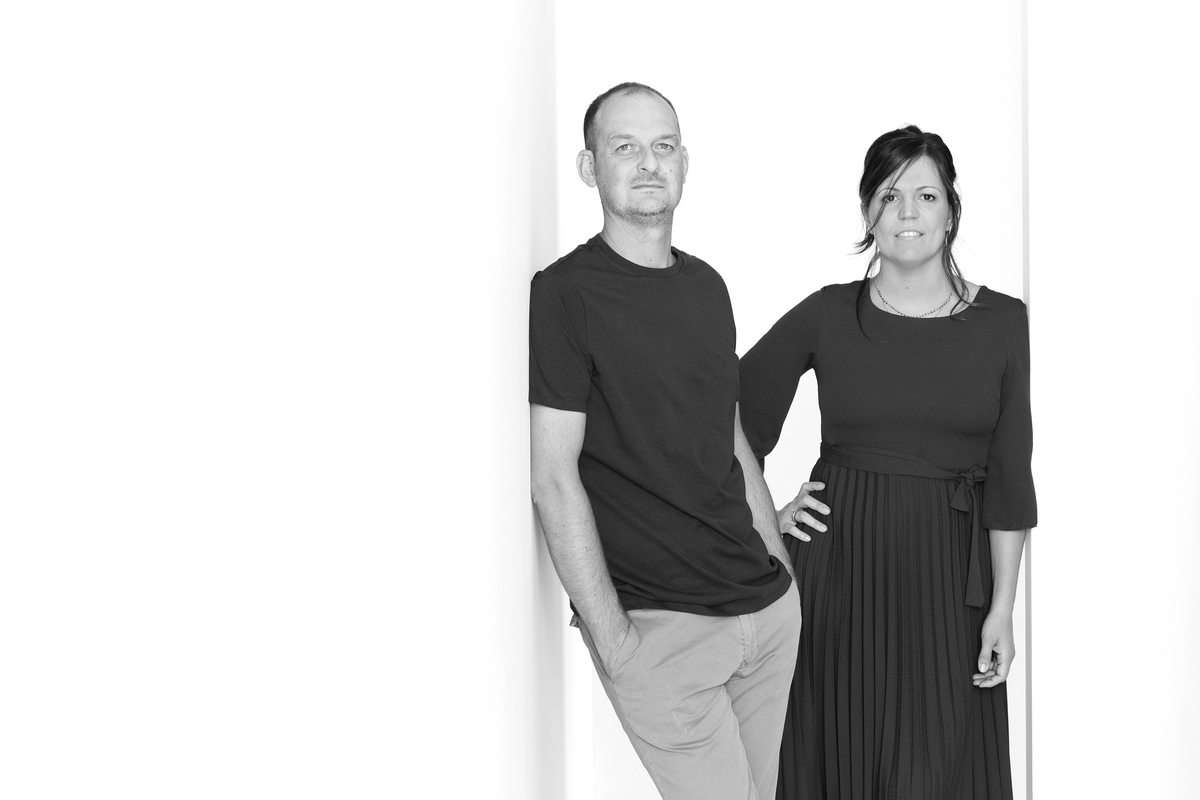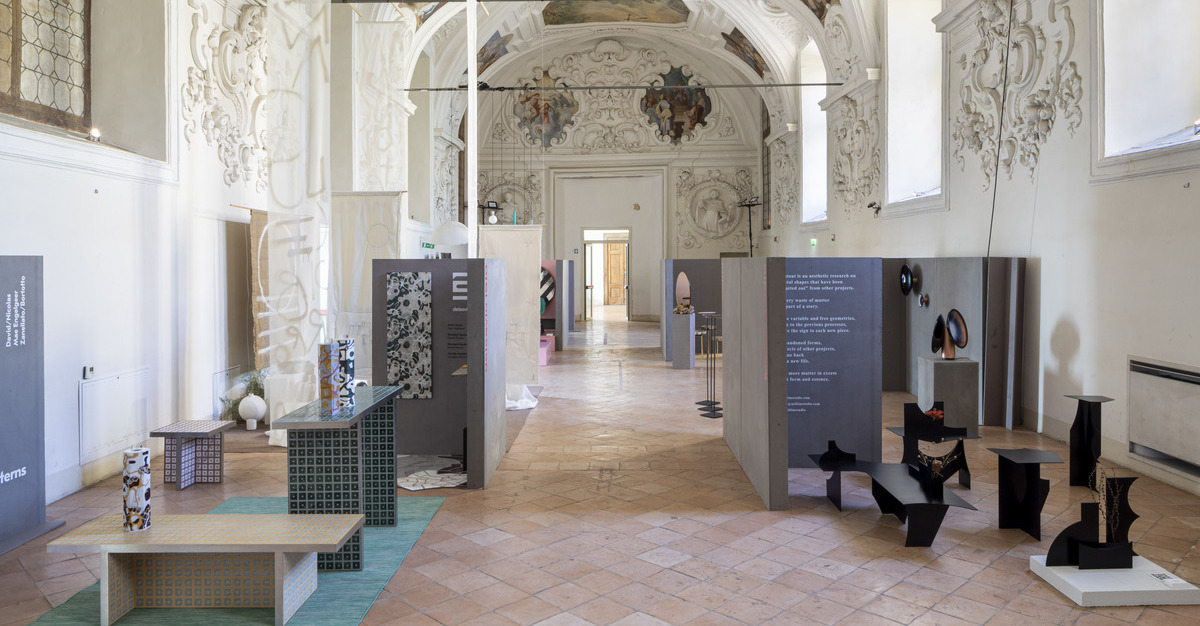
Three design stories from EDIT NAPOLI
Curated by Domitilla Dardi and Emilia Petruccelli, the latest edition of EDIT Napoli – previously featured on WeVux – ended last October 9. The event hosted more than fifty exhibitors, in addition to the 24 in the Seminario area, the section reserved for the designers under 30.
Among the projects on display, the topics addressed are today’s problems with ideas that mix past and future, but also the rediscovery of common values, such as territoriality and the recovery of a “slow” and sustainable design, even socially. This is proved by the various social design projects on display this year, such as the San Patrignano Design Lab and the Officine sensibili, under the motto of this edition: Let’s be fair.
c
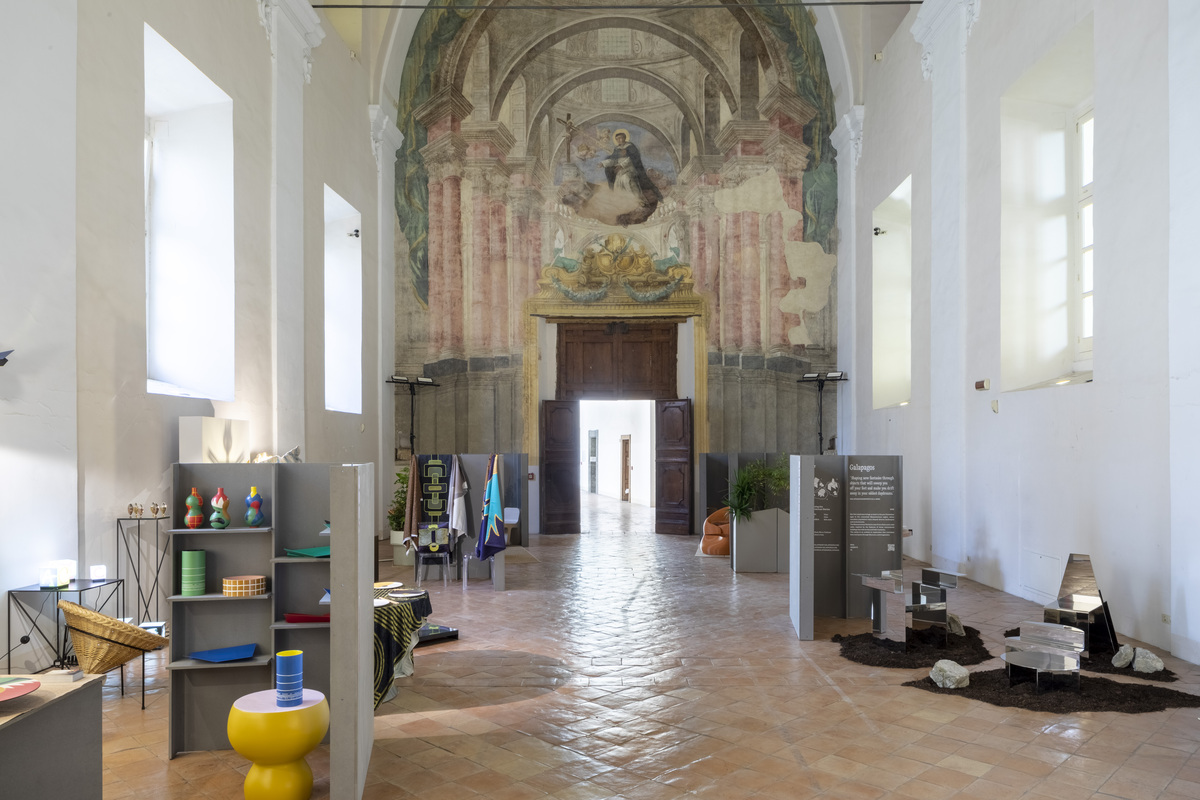
c
The ability of designers to shape ideas and tell stories is at the heart of Edit. One of these is contained in the woolly weave of the Tracce project, a blanket in alpagota sheep’s wool, in two versions: bianchina and moretta, depending on the fleece used. These sheeps, typical of the Alpago – a habitat limited to the south-eastern area of the province of Belluno – are at risk of extinction. Alessandro Ruga, co-founder of the studio Ruga Perissinotto tells us how, collaborating with the historic Lanificio Paoletti, they revived an almost lost story through the wool of these animals. That is the migration of Belluno farmers from alpine huts to cities, and the consequent abandonment not only of the places, but also of the livestock: until the nineteenth century, these sheeps represented the main source of livelihood by providing wool, meat and milk to families. Due to its rough fleece, which no industrial wool mill wanted to work anymore, the existence of the alpagota breed – although so important for the biodiversity of the area – was seriously threatened.
Digging into the archives and weaving relationships with Lanificio Paoletti, which reintroduced this historic wool into its production, the studio developed the two Tracce blankets, in preview at Edit. To obtain the soft and foggy shades, and the delicate patterns that cross the fabric, the wool is not dyed: “After shearing, the farmers divide the whiter and yellow fleeces – raw – from the gray and dark brown – moretta. By combining and mixing a little raw and dark brown, we obtain a mélange from gray to brown, and 4 natural colors. Thanks to this, it’s possible to create patterns without dyeing” explains Paolo Paoletti, sales manager of Lanificio Paoletti.
That of Ruga Perissinotto is a path of intense research towards the recovery of productive, economic and creative opportunities in the territory, and the activation of a supply chain where the product is the point of conjunction between the end of a story and the beginning of another.
c
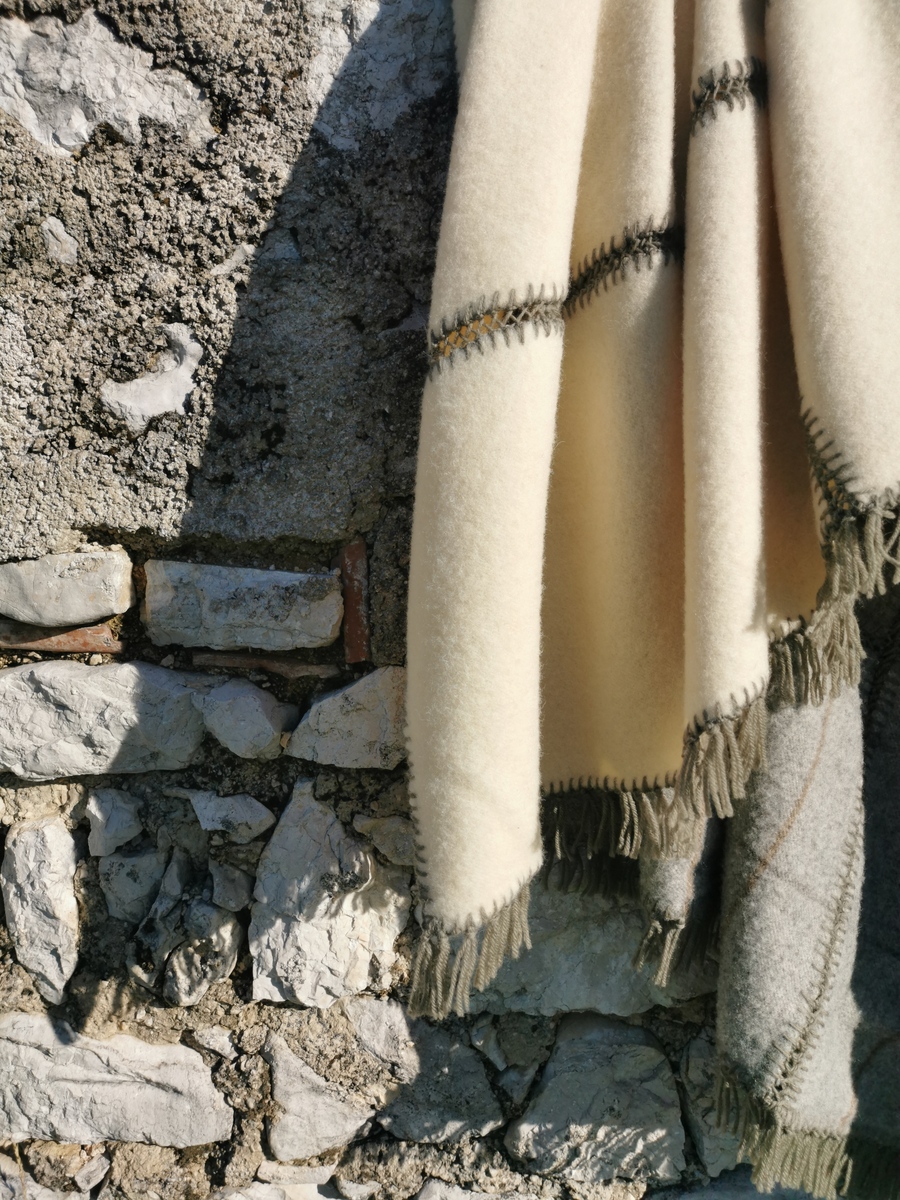
c
Among this year’s exhibitors there was Atelier Malak, based in Lyon, at its second participation, whose work is easy to fall in love with. Metallic tubes (strictly black) combined with materials with a natural character, such as wood, leathers or stones, are Malacou Lefebvre signature style, designer and craftsman who decided to found his Atelier after abandoning his career in finance. At the latest edition of the exhibition, Atelier Malak presented two seats that speak of disconnection and a slow life. The first, Oisif n°4, which is part of the homonymous collection, is designed to encourage “idleness and retreat” in the domestic space. “In French, the word oisif indicates a pleasant feeling of relaxed inactivity, a condition that today you rarely try.” Malak explains about n° 4, an indoor lounge chair in metal tube, leather and oak wood, inspired by bamboo shelving and literally designed to do nothing. “The inclination of this seat, which is also very comfortable, makes it difficult to use a mobile phone”.
The furnishings of Atelier Malak always contain an implicit invitation to “disconnect”, and face the world in a healthier and more conscious way. At Edit Napoli, Lebfevre also presented the Exopode series of steel chairs. They take their name from the French term that indicates the arachnid exoskeleton and, in fact, the n° 3 on display is a flat and monochromatic skeleton, ergonomic (for the study of posture the designer collaborated with an expert physiotherapist) and geometric which, despite the rigid material offers unexpected comfort. “Exopode is designed to open the shoulders, favoring a correct posture but also, symbolically, a positive and open attitude towards the world.”
c
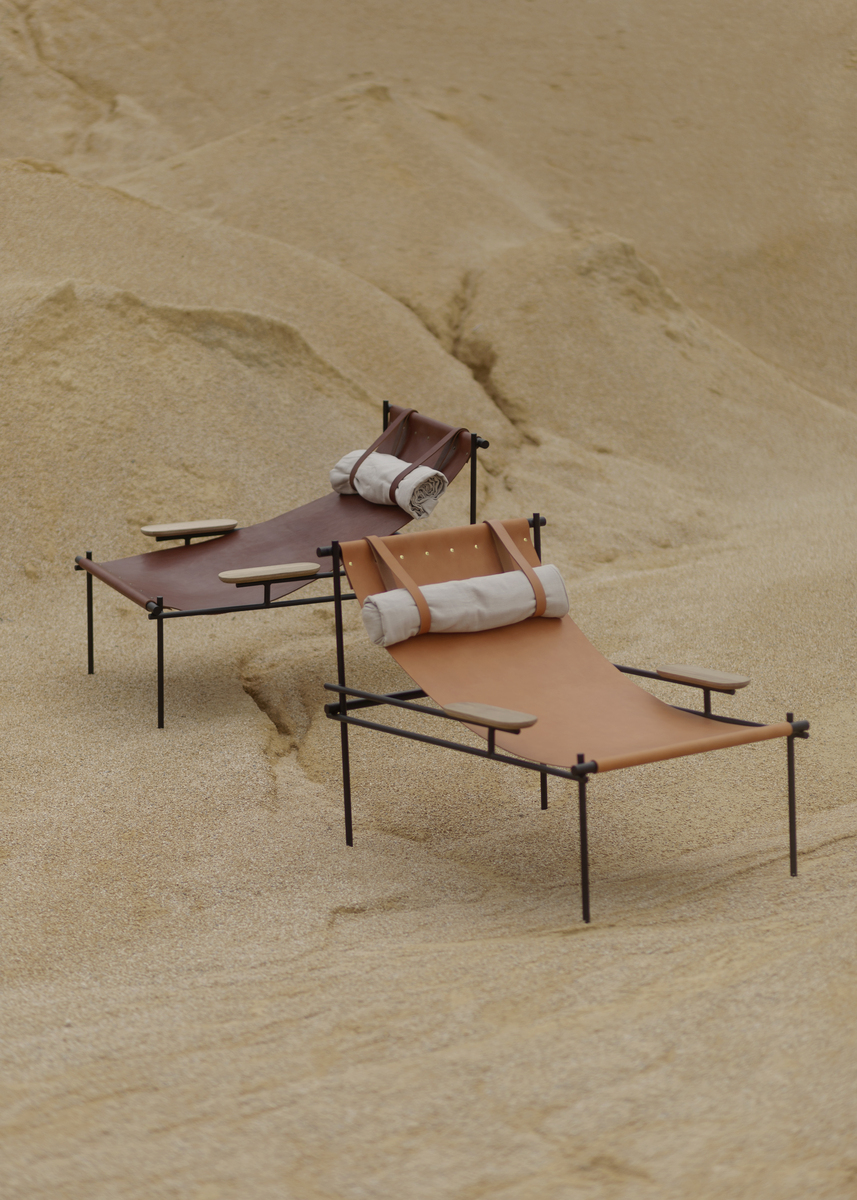
c
From another point of view, where traditional design is usually not involved, Cutouts is born, the project presented by the multidisciplinary Roman firm Millim Studio, founded by Chiara Pellicano and Edoardo Giammarioli in 2016.
Rummaging through the industrial laser cutting production waste of a sheet metal supplier, the studio designed and developed the collection on display, five vases and four coffee tables. The result is a series of flat geometric compositions with a high visual and aesthetic impact, where the cutouts – only minimally finished and rounded – are assembled with invisible welds that retain the “negative” imprint of the object from which they derive. “The cuts you see,” Edoardo explains, “are actually the sign of the other projects, and they already had a very strong expressiveness of their own. We have chosen to keep its original shape, limiting ourselves to a work of composition based on the static nature of the piece and the geometry of the volume, so that the pieces were geometrically coherent with each other. First we found the waste, and then we designed.”
A “backward” design, which seeks opportunities in the existing and enhances it by exploiting a potential for reproducibility. During the research, Millim has in fact identified a seriality in the production of the supplier’s waste: by selecting those that would always be available, they designed a new life cycle and a new market for them, avoiding their end in landfills.
If you want to stay up to date, follow
Edit Napoli – Instagram
Ruga Perissinotto – Instagram
Lanificio Paoletti – Instagram
Atelier Malak – Instagram
Millim Studio – Instagram
Cover, EDIT Napoli 2022, Complesso di San Domenico Maggiore, ph. Serena Eller Vainicher
c
